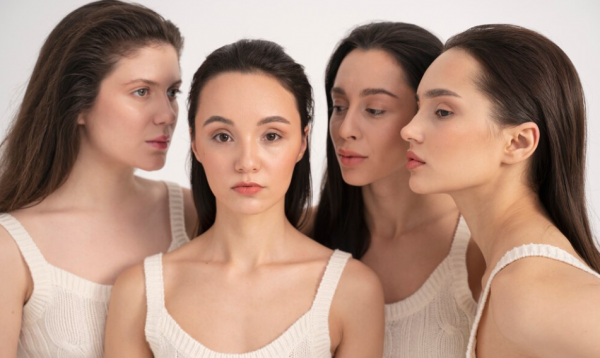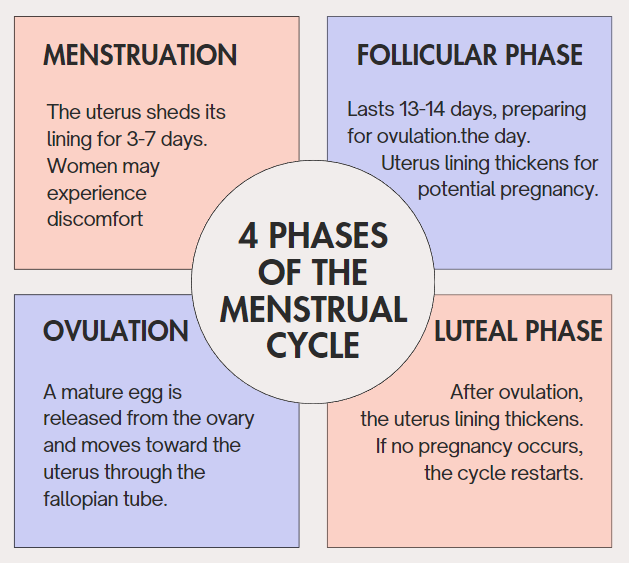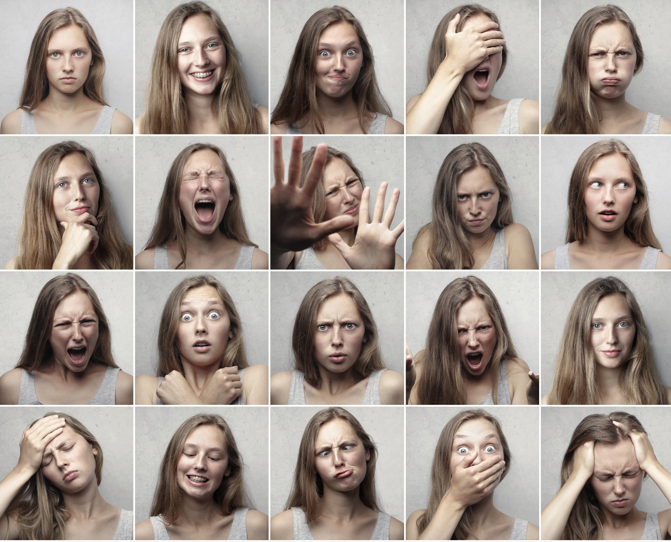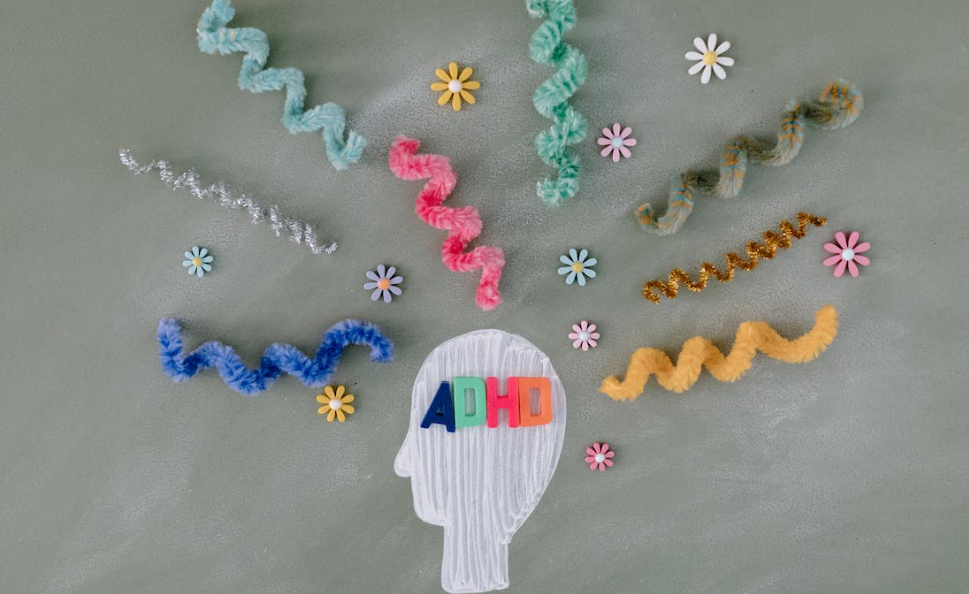How Women’s Faces Change Over the Menstrual Cycle?

©️ freepik
The faces of people tell stories. You can detect happiness and sadness, health and the lack of it in a person’s face very easily. But can you see how women’s faces change during their menstrual cycle? Do you think you could be able to detect how the skin color changes? Or are you aware that women look more attractive right before ovulation? You may feel this attraction stronger during certain days of the month, and not know why. Well, now you’ll know.
The Menstrual Cycle
The menstrual cycle is a natural process in a woman’s body that prepares her for pregnancy. Estrogen works to thicken the wall of your uterus. If pregnancy doesn’t occur, hormonal signals prompt the uterus to shed its lining, resulting in a period, in other words bleeding from the female genitalia.
The cycle, measured from the first day of one period to the first day of the next, typically lasts 28 to 29 days, but this varies among women. It can range from 21 to 38 days for women in their 20s to 30s, while teenagers might experience cycles lasting up to 45 days. The first period, called menarche, usually occurs around age 12 to 13, but it can start as early as nine or as late as 16.
Four Phases of the Menstrual Cycle

The menstrual cycle has four main phases:
1. Menstruation (Period):
- The uterus sheds its lining, and blood, mucus, and cells are released from the vagina.
- Lasts three to seven days.
- Sanitary pads, tampons, period underwear, or menstrual cups can be used.
2. Follicular Phase:
- Starts on the first day of the period and lasts 13 to 14 days, leading to ovulation.
- The pituitary gland releases a hormone to stimulate follicle production on the ovary’s surface.
- Usually, only one follicle matures into an egg, and the uterus lining thickens in preparation for pregnancy.
3. Ovulation:
- A mature egg is released from the ovary and moves toward the uterus through the fallopian tube.
- Occurs about two weeks before the next period and lasts 16 to 32 hours.
- Pregnancy is most likely in the three days leading up to and including ovulation.
4. Luteal Phase:
- After ovulation, the ovary’s corpus luteum releases progesterone and a bit of estrogen.
- Causes the uterus lining to thicken, preparing for pregnancy.
- If no pregnancy occurs, the corpus luteum dies, progesterone levels drop, the uterus lining sheds, and the menstrual cycle begins again.
During these phases, women’s bodies go through continual changes, including the smell, voice, and the color of their skin among others. Here we will focus specifically on menstrual facial changes.
Women’s Change Over the Menstrual Cycle
Women’s bodies go through a lot of physiological changes during the menstrual cycle. Mood, eating habits, sleeping habits, and other things are affected due to hormonal changes that happen. Also, their physical appearance, like skin color, appears to change, for better or worse, depending on the phases. There is a lot of research on how the menstrual cycle affects women’s bodies. Also, these phases affect the way women are perceived by others.
Women’s Attractiveness During Fertility Phases
Women are most fertile about one to two weeks after their period starts, during the late follicular phase of their menstrual cycle. During this time, they undergo subtle changes in their thoughts, actions, and body functions. It has been long known that women are perceived as more attractive during fertility due to those changes. That is because these changes also affect their appearance. But, what exactly makes women more creative? is it their smell, their skin color, or the shape of their face? Or maybe, all of these elements play a role in the perceived attractiveness? We will see what science has to say in more detail.
Lap-Dancing Study
Have you ever heard of Geoffrey Miller’s lap-dancing study? In 2007, Geoffrey Miller conducted a lap-dancing study where professional exotic dancers recorded their nightly tip earnings and menstrual cycle phases for two months. The findings revealed that dancers received higher tips, approximately $67 per hour, when near ovulation compared to less fertile times ($52) and during menstruation ($37). This implies that men were more willing to spend money when dancers were at peak fertility.
However, the study did not specifically investigate the physical or behavioral traits that make dancers more enticing during their fertile phase. This raises the question of which aspects of the dancers’ attractiveness influenced men’s increased spending during peak fertility, prompting further exploration into specific factors.
Menstrual Facial Change
Human ovulation is not as visibly apparent as in some other species. A study from 2004 tried to find how ovulation manifests in women’s faces. It revealed that both men and women find photos of women’s faces taken during the fertile phase more attractive than those taken during the luteal phase of the menstrual cycle. This suggests the presence of visible cues to ovulation in human faces, aligning with similar cyclical changes observed in preferences for female body odor.
The increased attractiveness during the fertile phase could be an adaptive mechanism. In other words, it enhances a female’s desirability in the mating market when the likelihood of conception is highest.

Changes in Skin Color
Women’s attractiveness, including body odor, voice, and facial appearance, seems to peak during the fertile phase of their ovulatory cycle. Another study wanted to see if changes in skin color play a role in this. They took daily photos of women for at least one cycle and measured changes in facial skin redness and brightness. The research found that skin redness varies during the cycle, decreasing after menstruation, increasing before ovulation, and staying high during the luteal phase.
However, these menstrual facial changes are likely too subtle for the human eye to detect. In conclusion, alterations in skin color probably don’t explain why women are perceived as more attractive during certain times of their menstrual cycle.
Changes in Face Shape
This study aimed to explore if facial shape changes throughout the menstrual cycle. Using more robust methods with a larger sample size and detailed hormonal assessments, they found no significant changes in three facial measurements: symmetry, averageness, and sexual dimorphism. Even when focusing on cycles more likely to be ovulatory, the results remained non-significant.
This suggests that the previously observed increase in facial attractiveness during the most fertile phase is not due to changes in facial shape. But as mentioned above, it’s more influenced by other factors like a more appealing skin tone.

In Conclusion
The only changes found in women’s faces were found to be in skin color, not shape. Even then, researchers could not say that these changes were what made women more attractive during fertility phases. That is because the redness was there throughout other phases, excluding menstruation.
Other variables, like smell and voice have to be included for the effect to be more evident. Also, women tend to take care of their appearance more during ovulation in comparison to other phases. They wear more makeup and more revealing clothes. This also contributes to the attraction, which makes it impossible to single out only one factor like skin color or face shape.
Skin and face are just two elements of the complex changes that women go through every month. Most people don’t notice these changes.
What about you? Do you think you see these changes in women?
You might also want to read: What Do These Different Breast Milk Colors Mean?


